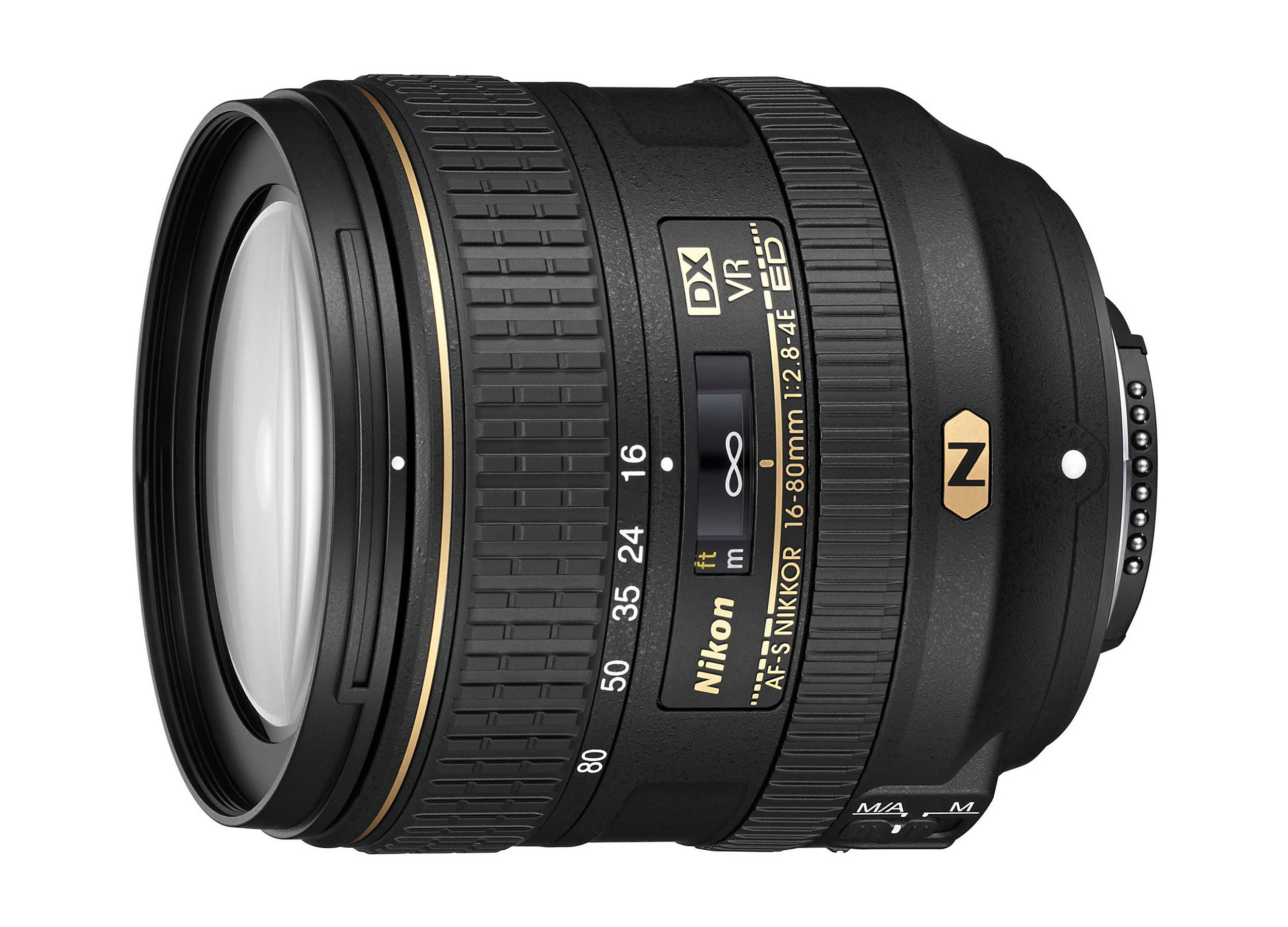Cara_Chapel
Member
- Messages
- 14
- Reaction score
- 0
I'm satisfied with medium and faraway landscape shots I take on this lens, but when I try to do wide-angle close up, especially of moving or detailed images, I get purple fringe on water droplets and I don't get anything like the clarity or sharpness I get with the same subjects and settings using, for example, my Nikkor 70-300mm VR. I'm pretty disappointed in this lens's performance.


